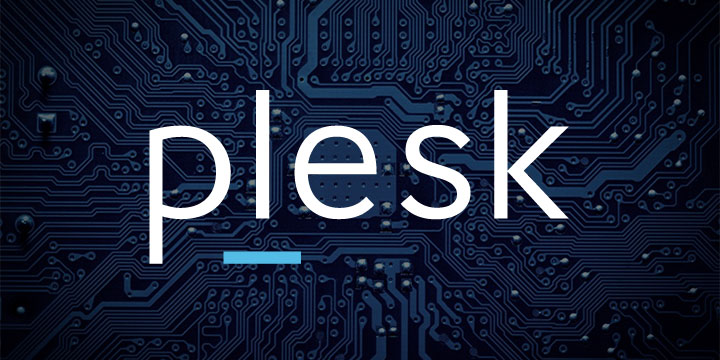
The SDLC provides a structured framework that facilitates the identification of various types of risks throughout the software development process. Here’s how the SDLC helps in identifying different types of risks:
Requirements gathering and analysis: During this phase, the development team works closely with stakeholders to understand their needs and document the software requirements. This collaborative process helps in identifying risks related to incomplete, ambiguous, or conflicting requirements. By engaging stakeholders early on, the team can identify potential risks associated with unrealistic expectations, scope creep, or changes in requirements.
Design phase: In this phase, the system architecture and design are created. The design reviews and evaluations help in identifying risks related to scalability, performance bottlenecks, security vulnerabilities, and integration challenges. By analyzing the design from different perspectives, the team can uncover potential risks and make necessary adjustments to mitigate them.
Implementation phase: During coding and development, the development team can identify risks related to code quality, coding standards violations, and compatibility issues. Peer code reviews and static code analysis tools can help in detecting potential risks such as code vulnerabilities, poor error handling, or inefficient algorithms.
Testing phase: Testing activities play a crucial role in risk identification. Different types of testing, such as unit testing, integration testing, system testing, and security testing, help in uncovering various risks. For example, functional testing can identify risks related to incorrect or incomplete implementations, while security testing can reveal risks related to vulnerabilities or unauthorized access.
Deployment and maintenance: Even after deployment, the SDLC continues to help in identifying risks. Monitoring the software in the production environment can reveal performance issues, scalability challenges, or unexpected failures. User feedback and support interactions can also highlight risks related to usability, customer satisfaction, or specific functional requirements.
By following the SDLC, the development team actively engages in risk identification throughout the different phases of software development. The structured approach ensures that risks are not only identified but also documented and tracked. This enables the team to implement appropriate risk mitigation strategies and make informed decisions to minimize the impact of risks on the project’s success.



















